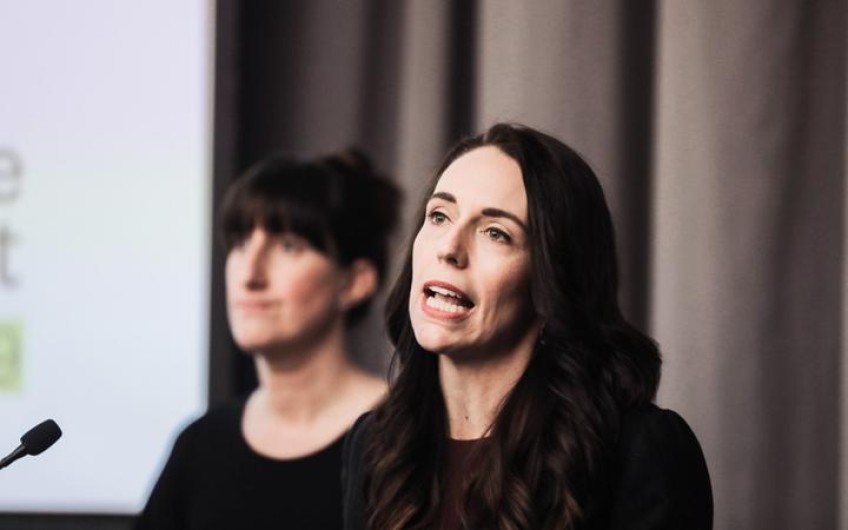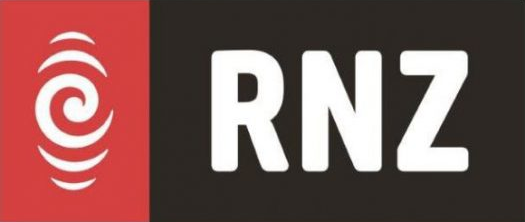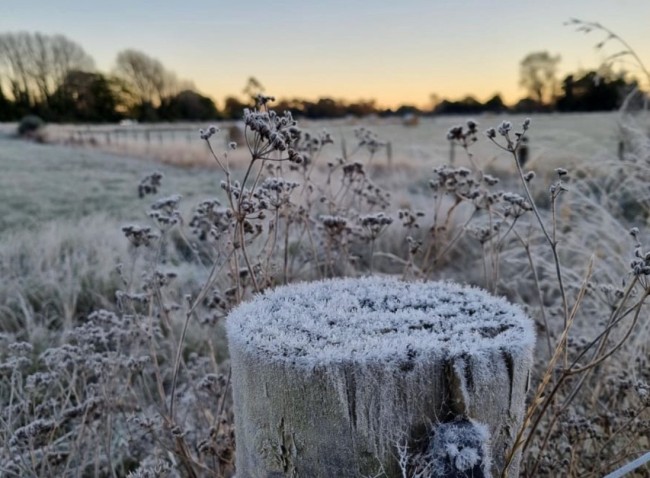
Big Covid changes: more vaccination, home isolation and relaxed border controls
New Zealand will begin testing self-isolation instead of MIQ for vaccinated people this year, with a new border system based on low, medium and high-risk entry paths kicking in from early 2022, the government has announced.
Vaccinations will also be open to all eligible ages from 1 September and the gap between first and second doses will be moved to six weeks instead of three, as the government continues with its elimination strategy.
People should also expect the rules around mask wearing and QR code scanning to change at higher alert levels.
The government has been responding to the Skegg report on reconnecting New Zealand with the rest of the world. The report was based on work by a group of public health specialists led by Professor Sir David Skegg, and warned that a full rollout of the vaccine would be required to start opening up to the world.
A forum on the report and the government's response to it has been held in Wellington this morning, revealing the government's four-step plan for border management.
Prime Minister Jacinda Ardern said the government would use the second half of this year to vaccinate as many people as possible, and trialling having people isolate at home - instead of in managed isolation facilities - if they have been vaccinated.
"The impact of border closures has been tough. Very tough. It has impacted on loved ones - family and friends being separated, industries accessing skilled employment, or Kiwis just missing that personal sense of connection," she said.
"A careful approach that says 'there won't be zero cases, but when there is one in the community, we crush it" is the best way to maintain our normal lives while we monitor the twists and turns of Covid-19 over the next six months."
"Key to this is maintaining our Elimination Strategy. The advice is clear: If we open our borders now we will lose the freedoms and advantages we have achieved so far," she said.
She announced the new border system would assess people's risk individually:
- Low risk: Vaccinated travellers from low risk countries: no isolation required
- Medium risk: Vaccinated travellers from medium risk countries: modified isolation requirements
- High risk: Unvaccinated travellers and all travellers from high risk countries: 14 days in MIQ
The system would also require pre-departure tests and further testing for travellers coming into New Zealand, and would be backed by moves to speed up the vaccination rollout.
"Which pathway a traveller takes will be based on the risk associated with where they are coming from and their vaccination status," Ardern said.
"Countries will be grouped according to risk. Factors considered will be the number of cases, prevalence of variants of concern, vaccination rates, and our confidence in the country's strategies for managing outbreaks. We have started already with our approach to very high risk countries, but this will be broadened."
Part of the rollout included a move to focus more on first doses than ensuring full vaccination, and an extended period of six weeks between first and second doses.
"The first step in our plan is speeding up the vaccination process to ensure everyone is at least partially vaccinated as soon as possible to reduce the risk and impact of Delta entering the country," Ardern said.
Eligibility would also open to all age groups earlier than had been planned.
"As already announced 50 plus will be open from Friday 13th August; 40+ will be open on Wednesday 18th August; 30+ will be open on Wednesday 25th August and from 1 September we will be open for all eligible ages," Ardern said.
The four-step plan has the current situation as the first step, with an immediate response and targeted vaccinations, moving to a second stage of vaccinating the wider population and trialling the self-isolation scheme and other measures.
The third stage would include introducing the individual risk-based border, with lockdowns less likely, and the fourth would see vaccinated travellers eligible for quarantine-free travel after returning a negative test.
"Our ultimate goal is to get to quarantine-free travel for all vaccinated travellers ... but we're simply not in a position to a full reopen just yet," Ardern said.
Ardern said Cabinet had agreed to prioritise the development of traveller health declaration - for arrivals and departures - and rapid border testing.
"This reduces risks, and makes it a lot easier for the traveller," she said.
The declaration would require travellers to upload information before they arrive in New Zealand, such as their vaccination information. A manual version would be developed to start with, to later be updated to a digital system.
A group including Customs, the Ministries of Health and Transport and other government agencies would also work on ways to support a "safe and smart reopening of our air border" reviewing pre-travel, en-route, arrival, and domestic stages of the overall travel and border process.
"Since the pandemic began, one in 1675 New Zealanders have had a confirmed case of Covid compared to one in nine in the US or Sweden, and we have had two-thirds fewer cases than Australia per capita."
"If New Zealand had been hit as hard as the UK or US, nearly 10,000 Kiwis would have died - that's the population of Te Puke - and we were able to achieve this while having the least stringent restrictions in the OECD, resulting in unemployment recently falling to pre-Covid levels at 4 percent and growth that has outperformed the likes of Australia, the United States, Canada, Japan and the United Kingdom."
"But the work being done now puts us in the best possible position to use every tool we have to replace the two things that are causing the greatest challenges. Lock downs, and quarantine at the border."

























